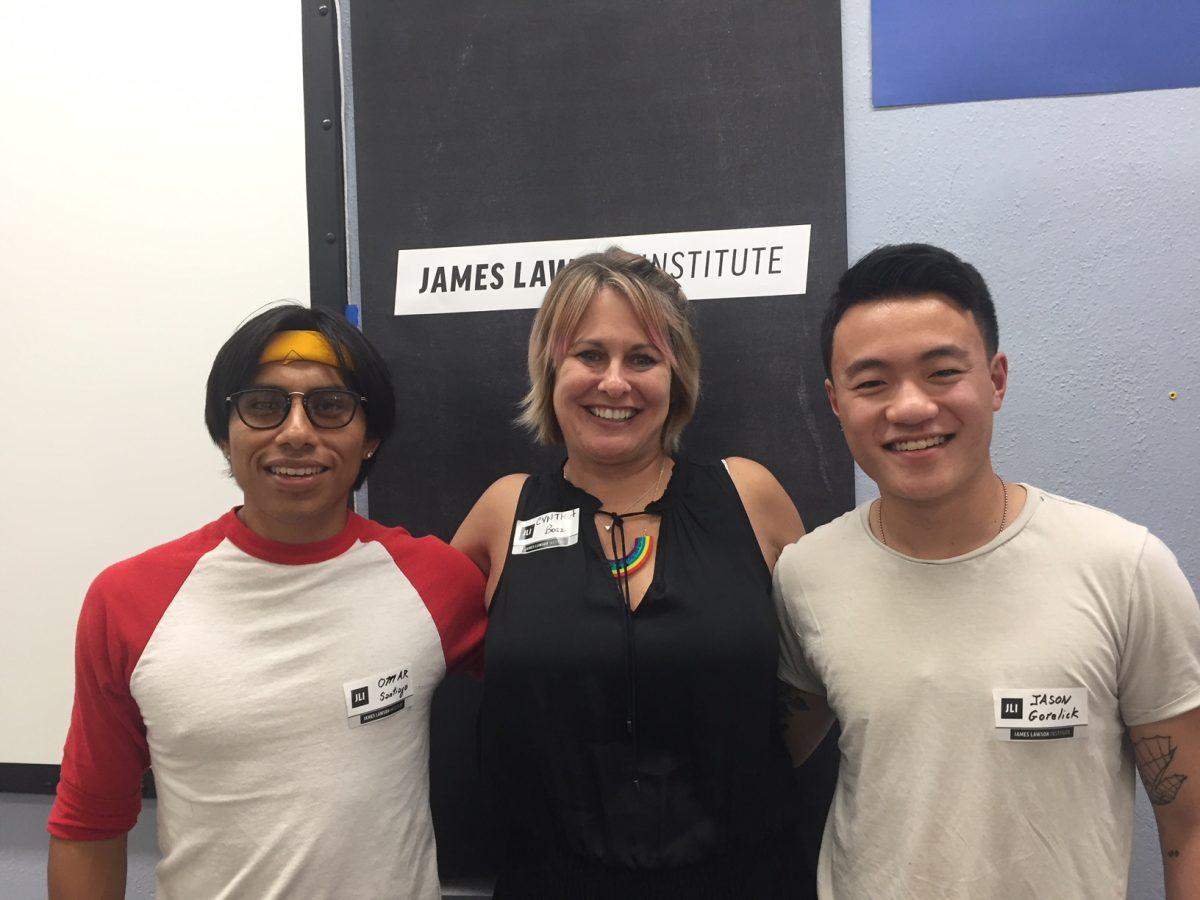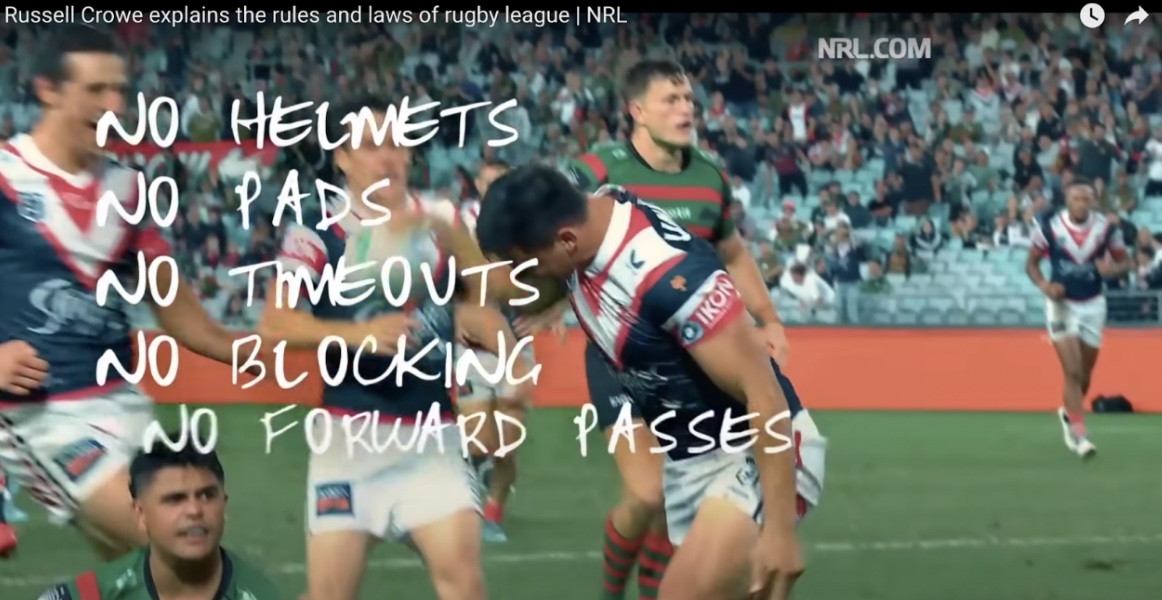Two Sonoma State University students were recently given the opportunity to learn from Rev. James Lawson, a civil rights activist and ally to Dr. Martin Luther King, Jr.
Omar Santiago, a senior history major and UndocuScholars Coalition president, and Jason Gorelick, a junior sociology major and executive vice president of Associated Students, were among the 42 organizers and activists selected to attend the James Lawson Institute, hosted in Los Angeles from Oct. 26 – 29. Gorelick, Santiago and two other undergraduates were accepted into the four-day program to learn about nonviolent civil resistance movements, strategies and planning.
Both Sonoma State students said they applied to the program to learn from Lawson, a prominent activist in the 1960s who engaged in forms of nonviolent resistance such as the Nashville lunch counter sit-ins, as well as listen to other accomplished activists and scholars.
Santiago said he knew about Lawson’s influence in the Civil Rights Movement and saw it as a “once in a lifetime” experience.
“How often do you get to study with a civil rights legend?” Gorelick said, explaining why he became interested in the program.
At the institute, Gorelick said he and Santiago were “surrounded by people who organize for a living,” and that many of the accepted participants were professional activists. Being some of the youngest participants, Santiago and Gorelick described the initial experience as intimidating.
Cynthia Boaz, associate professor of political science at Sonoma State and academic advisor for the International Center on Nonviolent Conflict, spoke at the event. The International Center for Nonviolent Conflict funded the first two James Lawson Institute programs in 2013 and 2014. As the institute expanded and needed greater funding, it branched off into its own foundation and started offering programs again this year.
Boaz previously spoke at the institute in 2013. Her presentation, entitled “Intersectionality and How to Not Be THAT Activist,” was a highlight for both Gorelick and Santiago. Boaz’s presentation explained how to respect “people from marginalized communities” as an ally and to not “take over a certain movement.” Instead, allies can show their support by advocating for marginalized communities while also letting their members speak for and represent themselves, according to Boaz.
Staying “in your own bubble” is not a feasible option for those who are marginalized, which is what inspired Santiago, an undocumented student, to be an activist for immigrants and to “not be complacent.” Santiago said he didn’t want to be “that person,” referring to someone who doesn’t advocate for their own rights and the rights of others. To Santiago, being an activist means staying “active in your community… through protesting, lobbying, and educating.”
Gorelick’s recent activism efforts have been focused on DACA and serving undocumented students. He prioritizes a community’s immediate needs by “doing whatever I can to help and using my leadership skills to organize in whatever capacity needed,” he said.
Lawson, who was greatly influenced by Mahatma Gandhi’s teachings, spoke on the philosophy of nonviolence, the overarching theme of the institute.
“It is an extraordinary opportunity for today’s young organizers and activists to get a chance to learn from [Lawson],” Boaz said. “He is 89 years old and still doing this work because he believes deeply in the ideas of democracy and social justice. It is his life’s work.”
While Santiago approves of the nonviolent method, Gorelick went into the institute not entirely sold on this philosophy.
“It’s really difficult for me to respond to overtly violent actions with nonviolence,” Gorelick said, specifically referring to violence from neo-Nazis and white nationalist rallies within the past year.
Gorelick said while he is not completely sold on nonviolent strategies, he can understand their usefulness and thought Lawson explained the concept of nonviolence logically. Lawson stressed the importance of planning and “intention” when organizing a movement.
Gorelick said he learned that without “driving motivation” a movement will fail and nonviolent movements achieve goals faster than those with violent flanks.
Both students felt grateful for what they learned in Los Angeles and said they were still processing their experience at the institute.
Santiago left feeling “inspired” to battle for what he believes in through nonviolence. He said the institute taught him how to plan and organize movements, which are skills he will utilize as his activism efforts take off.
Coming away from the institute, Gorelick said he was more likely to plan his actions and focus on the specificity and intentions of his activism.
“A lot of things had to happen so that I could end up there, so I better do something with what I learned,” Gorelick said.
“What I would say to DACA students is to stick together,” Santiago said. “Come out of the shadows and unite as one because numbers play a big part, and the bigger the group we create, the faster we will get a solution.”



































